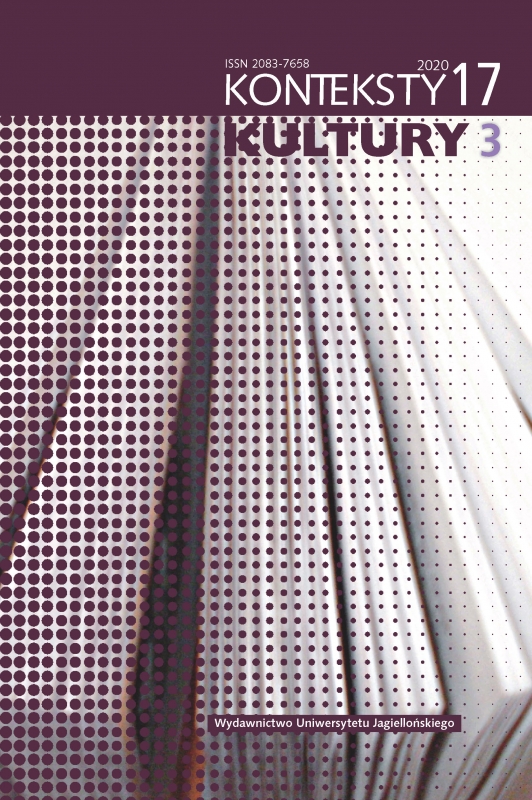La mortelega grande, czyli „wielkie umieranie”. Zaraza jako katastrofa (w) wyobraźni
La Mortelega Grande or the “Great Mortality:” Pestilence as a Disaster for/in the Imagination
Author(s): Iwona BoruszkowskaSubject(s): Language and Literature Studies, Studies of Literature
Published by: Wydawnictwo Uniwersytetu Jagiellońskiego
Keywords: Karol Irzykowski; Bruno Jasieński; epidemic; pestilence; disaster; epidemia; zaraza; katastrofa
Summary/Abstract: The present paper discusses two examples of literary depictions of epidemics: the libretto Zaraza w Bergamo (1897) by Young Poland writer and critic Karol Irzykowski and the novel Palę Paryż (1928) by Polish futurist author Bruno Jasieński, with both works exemplifying the trend to use the metaphor of pestilence to create a pessimistic image of reality. The author points out that interest in disease and epidemic as a literary subject often grows in the times of radical change and crises. The narratives of pestilence, plague or other collective threat in modernist and interwar literature were examples of apocalyptic narratives. The output of Polish modernist and avant-garde writers encompassed the entire spectrum of catastrophic themes, even if the range of disasters was limited only to plagues: the Black Death, cities ravaged by the bubonic plague, and raging epidemics of deathly flu strains frequently featured on the pages of literary works produced in the 19th and the 20th century.
Journal: Konteksty Kultury
- Issue Year: 17/2020
- Issue No: 3
- Page Range: 312-327
- Page Count: 16
- Language: Polish

